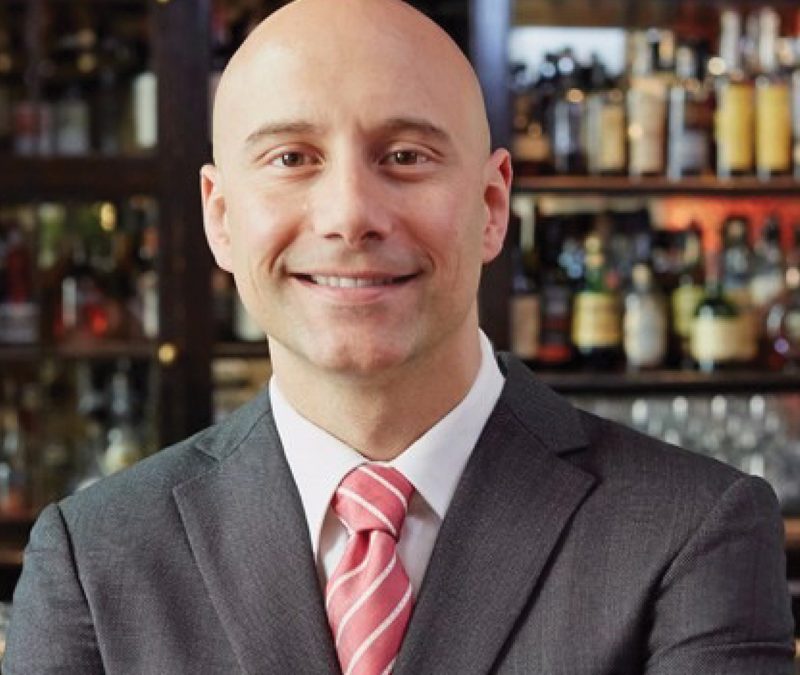By Laura Michaels
Delivery used to be more of a “casual hobby” for Union Square Hospitality Group and its Blue Smoke eatery, but that was before the Danny Meyer-led restaurant group recognized the needs of its guests were changing.
“In the old days we were basically competing with the restaurants in our neighborhood for the same mouths in our neighborhood,” explained Sabato Sagaria, Union Square’s chief restaurant officer. Now, with a commitment to using delivery to drive additional revenue, “we have the opportunity to reach mouths all over the city and introduce them to our restaurants and that’s a great opportunity for us. And it offers our guests a new way to engage with us. They can have the restaurant experience without the time commitment or having to travel.”
Sagaria shared his operational insight with Food On Demand during our latest webinar, How to Ink Your Third-party Delivery Contract.
Getting Started
Sagaria and Union Square tried out several third-party delivery services, including Seamless/Grubhub and UberEats, before deciding Caviar was the best fit. With so many delivery options entering the space in recent years, Sagaria said it’s important to look at what each service can offer beyond the basics of “just getting the food to the customer.” Operators, he stressed, need to look beyond the transactional nature of delivery, think of it instead as a partnership, and ask how does the third-party provider help the restaurant market itself to customers.
In evaluating the delivery options Sagaria said he also looked at what other restaurants were using each one and “if our customers were likely to be searching these same services.”
At the same time it was testing the services, USHG also worked to determine from which of its 14 restaurants to offer delivery. The group’s concepts range from Michelin-starred The Modern to barbecue-focused Blue Smoke, the latter a natural fit for delivery given Blue Smoke’s more casual menu, said Sagaria. He also examined which restaurants were already seeing strong takeout business. Pizzeria concept Marta “was really a no-brainer” to add delivery, and North End Grill came online as well.
Joint Effort
From the start, Sagaria said Union Square’s IT, operations and marketing departments were heavily involved in the integration of delivery. This helped the company find efficiencies in connecting with each restaurant’s POS and also put focus on ensuring delivery didn’t negatively impact the guest experience in the restaurant.
Marketing efforts focused on awareness, “to let guests know, hey, this is another way you can interact with us,” said Sagaria.
Almost a year into its concerted effort to grow the delivery revenue stream, Sagaria said there are still plenty of unknowns as USHG works to understand various nuances such as what dayparts are optimal for delivery orders.
“We’re still learning, and it’s fascinating to see when guests are using us, how are they using us, what are those best practices and how can we apply them to our different restaurants,” he said.
His last piece of advice to operators considering delivery? Find a champion.
It’s “important to put a champion at each of the restaurants to oversee this revenue stream,” said Sagaria, “… rather than have bits and pieces falling into different peoples’ laps.”


